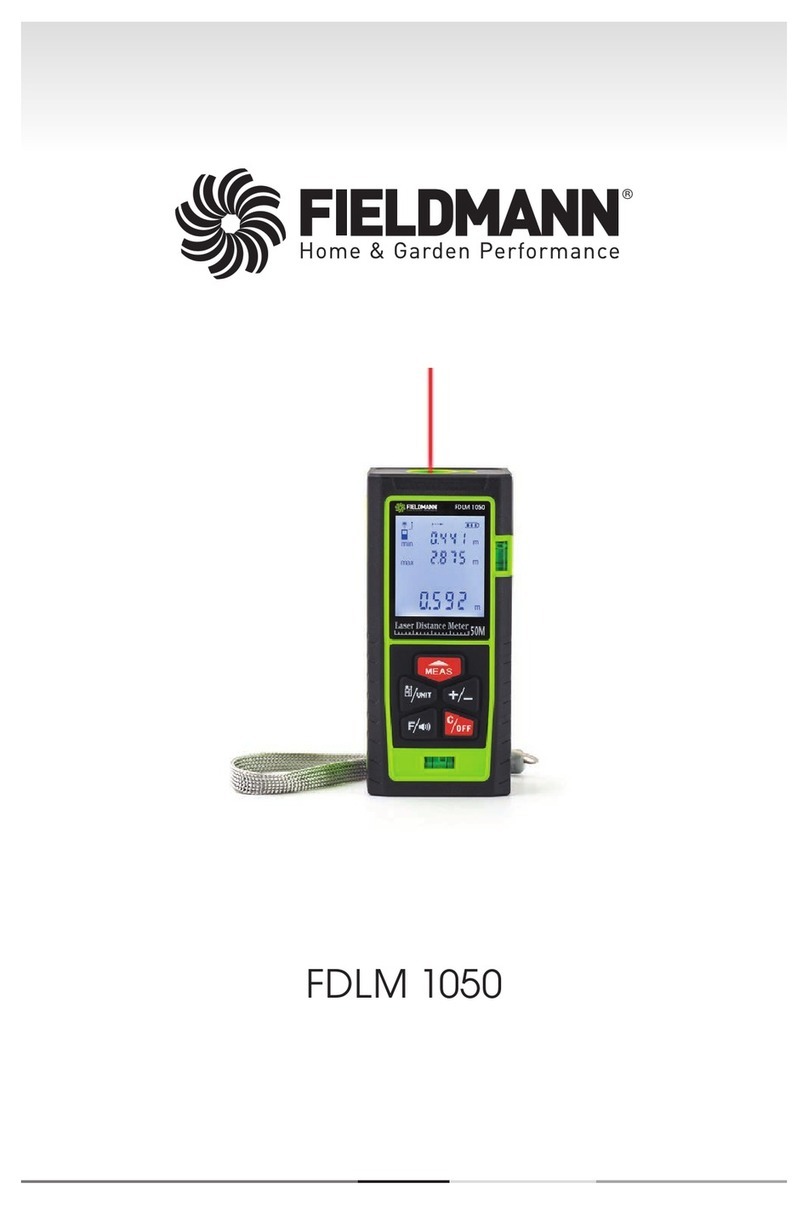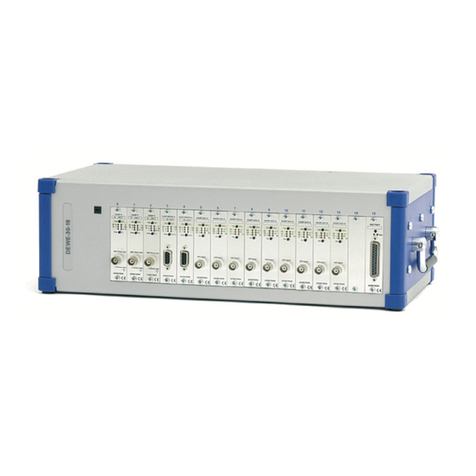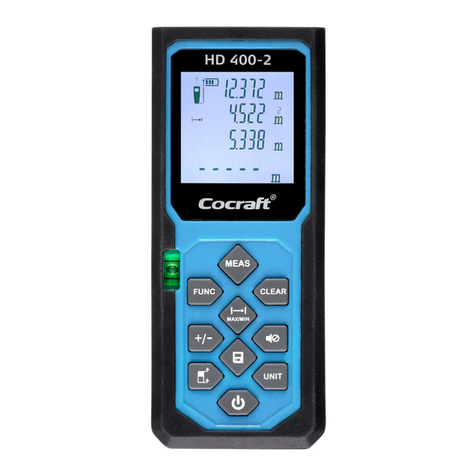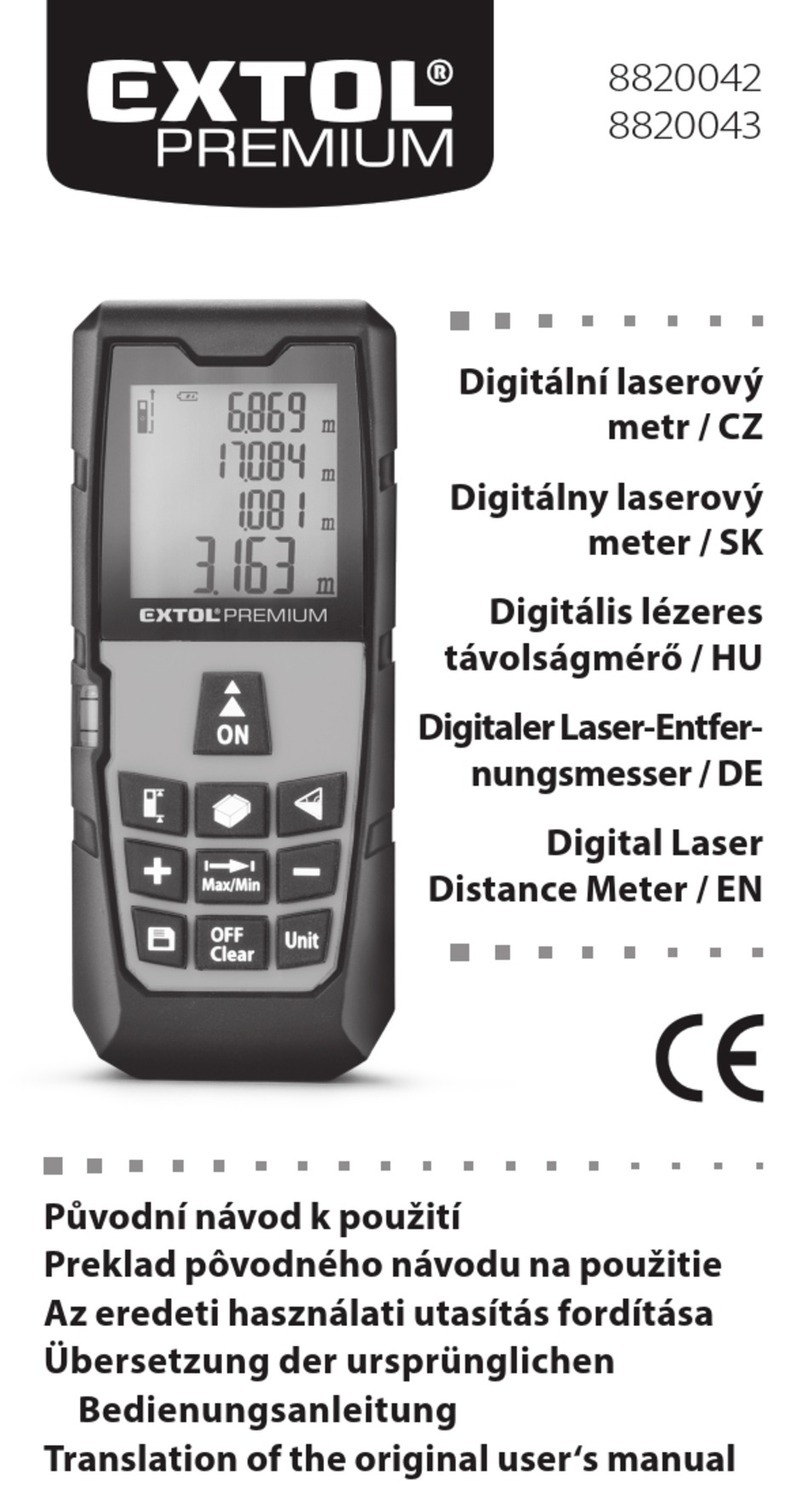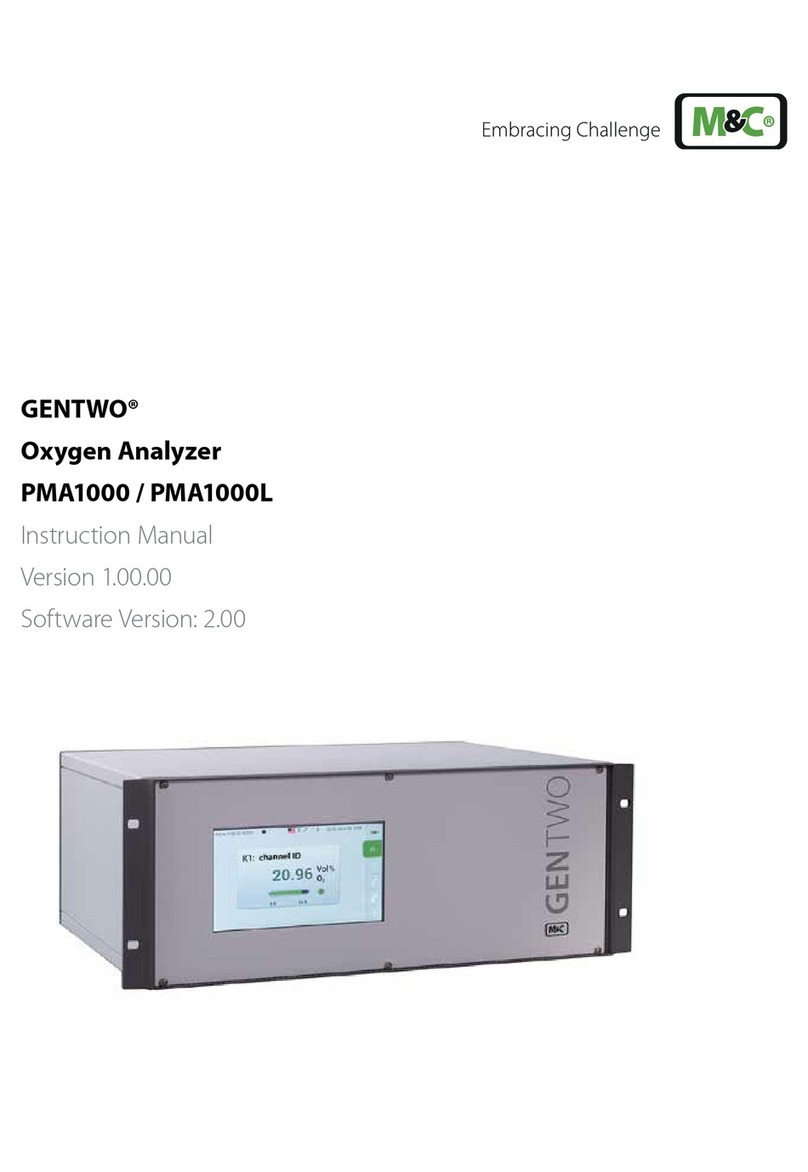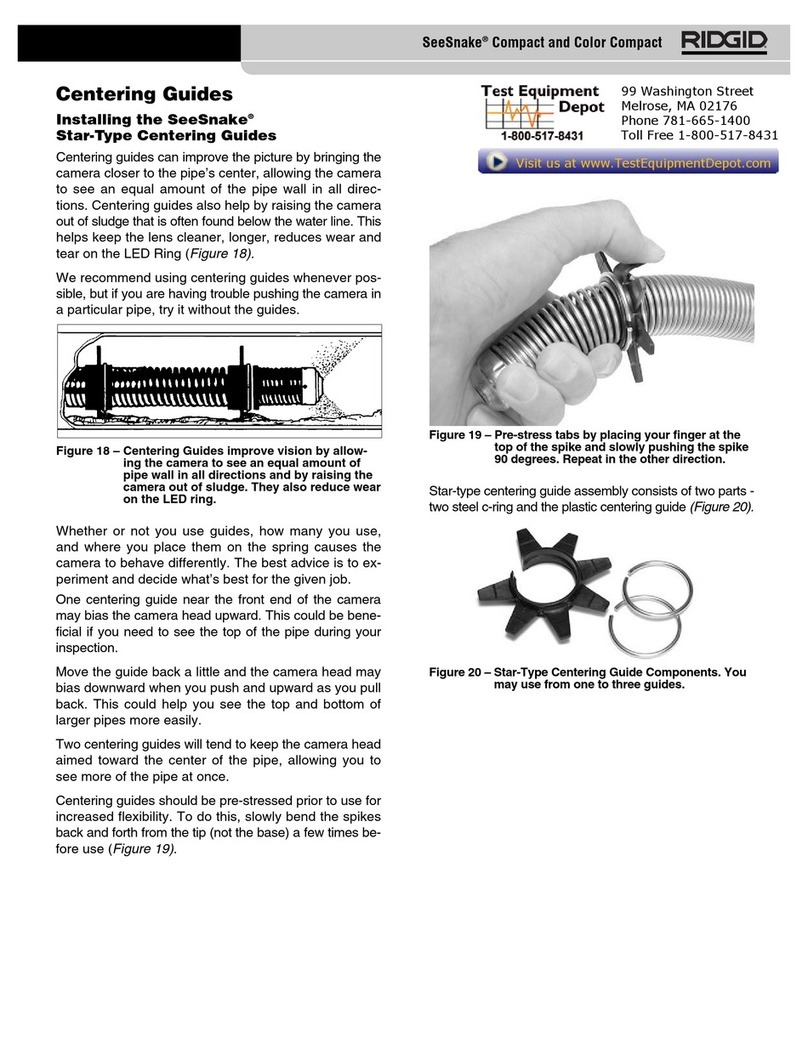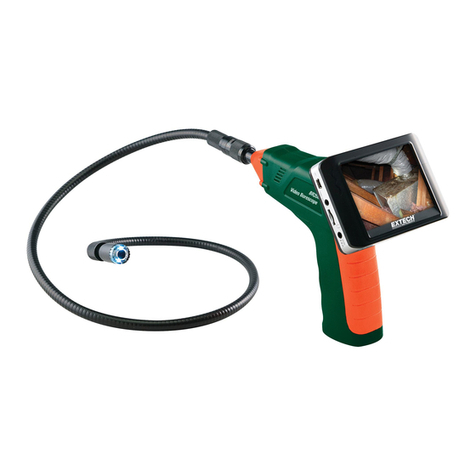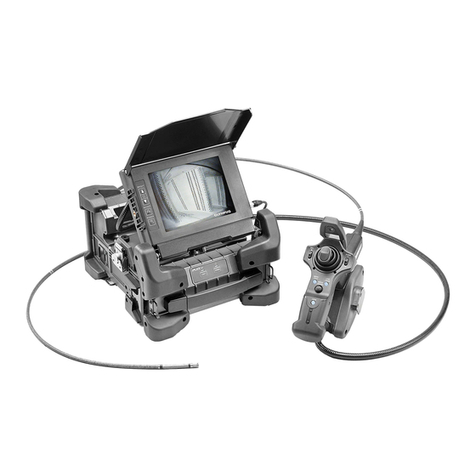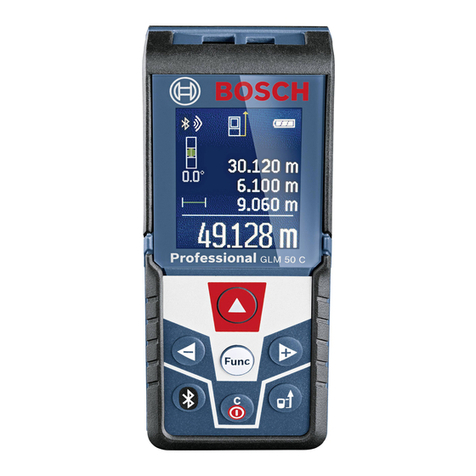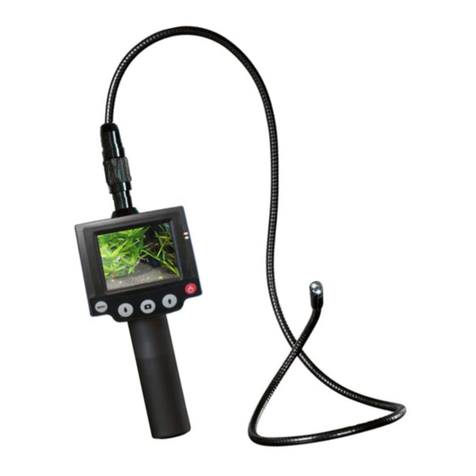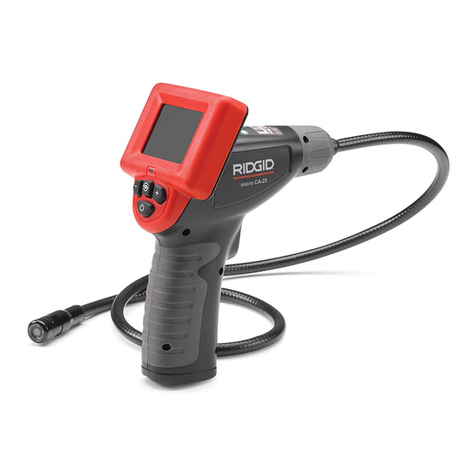
8
General
The UEMSI/HTV™ U-Vue™ push camera system is a lightweight, rugged, portable unit
capable of meeting a wide variety of small diameter pipe inspection requirements. The image
sensor of the camera is a solid-state charge couple device (CCD) with a high degree of
sensitivity. The lighthead contains either 15 or 21 LEDs, depending on the camera head,
which are behind a Lexan® shield. They can illuminate pipe up to 10” in diameter, depending
which camera head is used and the pipe conditions.
The monitor and controls are contained in a durable, water resistant, and impact
resistant carrying case. When the case is open, the unit is also water resistant,
including the monitor, speakers, controls, and keyboard.
The system can be powered by either 120 volt 60 Hz AC line power, or a 12-volt DC
automotive lighter receptacle.
System Components
Figure 1.1 shows a block diagram of the system components. The basic system consists of a
power control unit (PCU), reel, and camera head.
Figure 1.1
Camera Head
The camera head (Fig. 1.2) consists of a sealed housing containing the CCD image sensor,
lens assembly, lighthead, and electronic circuitry.
